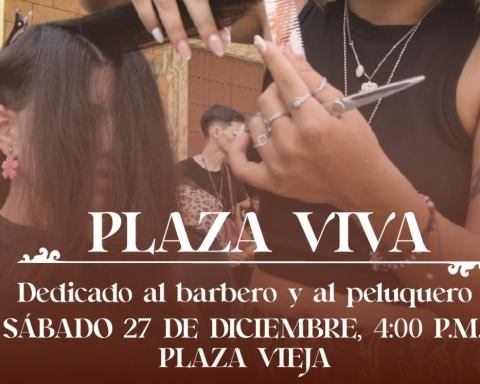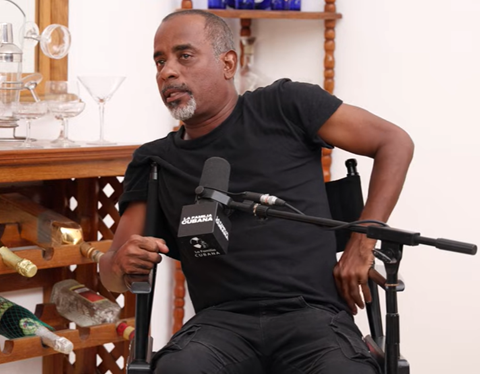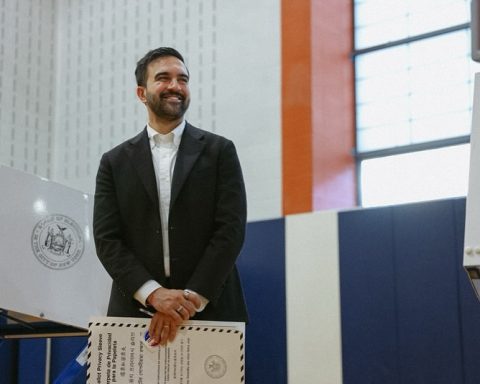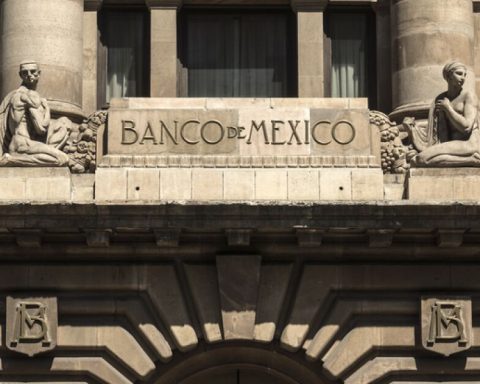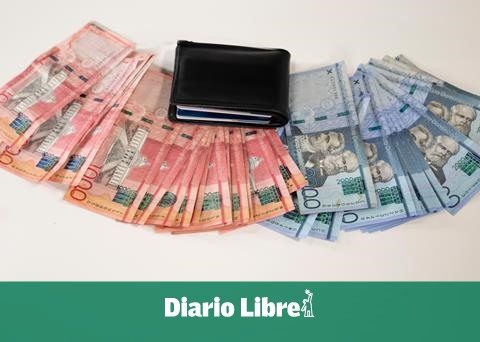Havana Cuba. – The work of Antonia Eiriz is, perhaps, the most impressive of all those exhibited in the Cuban Art building of the National Museum of Fine Arts, in whose thesaurus more than a hundred of her pieces are preserved. There is no spectator, national or foreign, who does not stop before her paintings to admire the powerful style of who she was, without a doubt, one of the great visual creators that Cuba has produced.
Paintings, drawings, sculptures, engravings and assemblages make up the abundant catalog of the author, born in Havana, in the Juanelo neighborhood, on 1st. April 1929. She graduated from the Academy of Fine Arts “San Alejandro”Antonia maintained a close relationship with the abstract painters that made up the group Los Once, although personally she opted for the new figuration and expressionism to channel and transmit the impressions produced by the convulsive historical moment that she lived through.
The radical changes that took place on the Island with the triumph of the Revolution influenced artistic discourse and intellectual thought from conflicting perspectives that sought to subordinate aesthetic creation to the imperatives of politics. In this context, dangerous for any authentic or independent idea of Castro’s dogma, Antonia Eiriz chose to remain faithful to her work.
Contrary to the censorship and rigidity of the curators of the new cultural policy, the artist produced terrible, heartbreaking works, containing deep suffering, which were not well received by the hordes of delirious optimism. Antonia sensed the monstrosity that grew within the “revolutionary enthusiasm”, hence her creatures were increasingly grotesque, tragic and deformed, like the society that was fragmenting under the bombardment of propaganda, hatred and fear.
Antonia Eiriz was deeply convinced that the first duty of an artist is honesty and courage to defend his work. Therein lies her commitment to herself and to the public. “Conformity engenders mediocrity and opportunism,” he said in 1963, and that phrase of his, among others, captures the essence of his art and explains why museum visitors feel so impressed when they see paintings like “Tribune for a Democratic Peace” , “The owner of the little horses”, “The Annunciation”, “Requiem for Solomon”, “Not even dead”, “Christ leaving Juanelo” and several other works exhibited in the room.
Despite the influence of great masters such as Goya, Francis Bacon or Antonio Saura, Eiriz is unique. Her strong personality, both in creation and in teaching, made her immune to complacency and genuflection.
You had to be very exceptional to stand out in an era marked by great artists, highly original and equally uncomfortable for the public. establishment castrista. Antonia shared honors with figures of the stature of Raúl Martínez, Servando Cabrera, Ángel Acosta León, Santiago Armada (Chago) and others who, unlike her, later gave in to the pressure of the censors and got on board ―with better or worse fortune. ― in the wagon of art at the service of the Revolution.
Antonia resisted as long as she could, and when it was too much, she stopped painting. In the late 1960s she chose silence, rather than deny herself. After all, her work had already spoken for her and would do so again, sooner rather than later.

